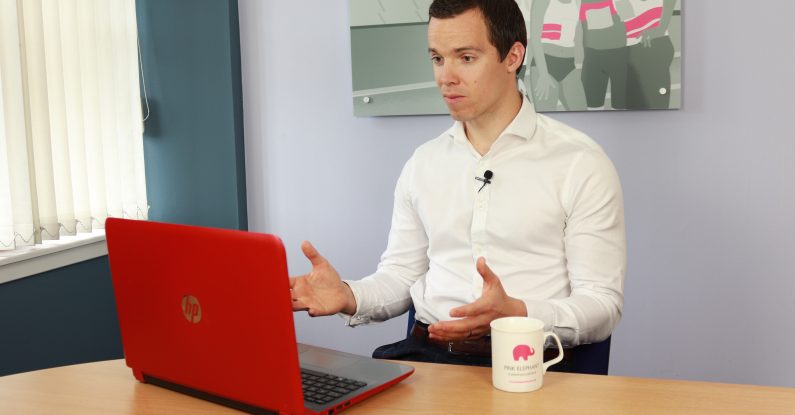
That’s the conclusion I’ve come to having been surrounded by them for the last 10 days.
In hotels, on planes, in a conference, on the beach.
And it makes me realise that we, as Brits, need to speak up.
We need to be loud and clear.
Why?
Read on.
People pay attention when we talk loudly.
Because there’s belief in what we say.
Over dinner this week, an American friend told me:
“I sometimes can’t hear what you Brits are saying.
“You speak so quietly.”
Now before you tell me “empty vessels make the loudest sound”, I agree.
So, there must be substance behind what we say.
But we’ve been held prisoner by that mantra for 422 years.
Since William Shakespeare wrote it in Henry V in 1599.
So let’s break free and understand that we need to turn up the volume for people to believe what we’re saying.
On our presentation skills courses, we show clients how to be loud and clear.
There are three dials when you’re broadcasting a message you need to manage.
So here they are.
The first dial is volume.
Make sure they can hear you at the back of the room.
Make sure they can hear you round the boardroom table.
And ake sure they can hear you across the coffee table.
The second dial is pace.
I thanked a conference speaker for her words of wisdom this week in Hawaii.
But I’m certain some missed her message because she was just too fast.
She was in her early 30s.
Often, younger speakers deliver their speeches at the same rate they talk round the dinner table.
But it needs to be slow.
‘Real slow’ (as they say here).
Because we need to absorb the message.
When we take it in, it makes sense.
When it makes sense, we agree with it.
When we agree with it, we believe in it.
But if we go too fast, we miss what’s being said.
When we’re loud enough and slow enough, there’s room for our third dial to flourish.
That’s tone.
We can take time to undulate our speech pattern.
Add emphasis.
Go high, then low.
Like a trip through the Scottish Highlands.
Rather than the Dutch Low Country.
Our presentation skills courses see these principles play out hundreds of times each year.
We succeed in getting presenters to slow down.
We hear the variety return to their tone when they do so.
But the biggest challenge is to get them to speak more loudly.
Because a voice in their head tells them they’re “showing off”.
And if they do that, people will dislike them.
So, let’s be clear.
Speaking loudly when you have a message to deliver is good.
Mumbling it is bad.
The audio-visual company I’ve often used is called ‘Loud and Clear‘.
Rather than ‘Quiet and Muffled’.
Because the danger of speaking too quietly from the stage is that people will miss your words.
You only ever think about sound quality on your TV when the words are too quiet or muffled.
Watching a drama over Christmas, I rewound a section three times.
Because both my wife and I were able to make out what was being said.
We gave up on the phrase and guessed it instead.
Bad sound.
Quiet and muffled.
The loud Americans around me this week are very successful in business.
They speak slowly.
They speak with great enthusiasm, because their tone is engaging.
And I can hear every word they say.
When I return home to Glasgow this week, I’ll fulfil a promise to myself.
To turn my volume up by 20%.
If I do that, every word will be heard.
Every story will be audible.
Every point will reach the audience.
Do it yourself this week at work.
In conversations over Zoom.
Round the virtual boardroom.
When you’re presenting in person.
Then when you think you’ve turned it up by 20%, ask the audience.
They may detect a 10% shift.
But they’ll have got your message more easily.
And they will warm to the belief that lies behind it.
You know how important it is to learn how to be loud and clear.
It’s vital to move forward in your chosen career.
Let us help with an e-learning video course you can take at your own pace.
Welcome to the Pink Elephant Academy.
Allow our TV presenter trainers to guide you through the keys to unlocking your public speaking potential.
Bill McFarlan is Co-Founder and Executive Chairman at Pink Elephant Communications in Glasgow.
You can view his full profile here.
How to be loud and clear blog edited by Colin Stone.
17th January 2019 Featured in: Blog, Communication skills training blogs, Presentation skills training blogs, Public speaking training blogs By: Pink Elephant
Some media trainers knock you down…and leave you down. Our media coaches show you how to deal with each knock…and still win through. So you have the presentation skills to perform – with confidence.